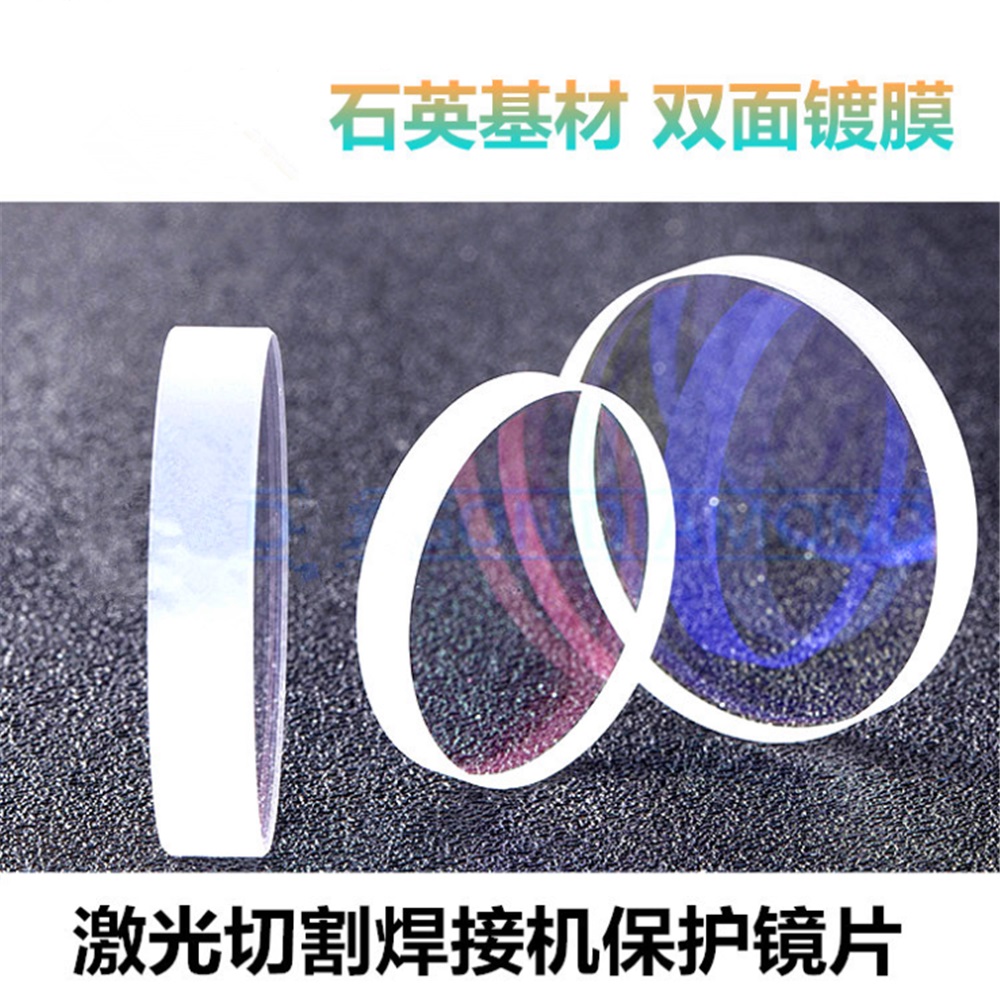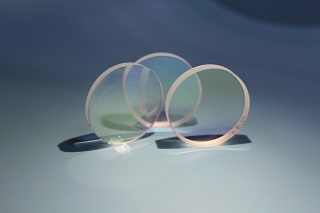Learn about optical glass processing to improve the yield of optical glass processing
The difference between optical glass and other glass is that it is also an optical component (optical lens) as an integral part of the optical system, and must meet the requirements of optical imaging. The cold processing technology uses chemical vaporization heat treatment and single-piece soda-lime-silica glass to change its original molecular structure without affecting the original color and light transmittance of the glass, so that it can reach the ultra-hardness standard and meet the fireproof requirements under high-temperature flame impact. Ultra-hard fireproof glass, its manufacturing method, and special equipment. It is made up of the following components by weight ratio: potassium salt vapor (72% to 83%), argon (7% to 10%), gaseous copper chloride (8% to 12%), nitrogen (2) %~6%).
It comprises the following process: cutting with soda-lime-silica glass as the substrate, cold working of fine grinding edge → chemical vapor phase heat treatment of cold-processed soda-lime-silica glass → treatment of the surface of soda-lime-silica glass coated with fireproof protective film → The surface of the soda-lime-silica glass is subjected to special physical tempering treatment. The cylinder block and the cylinder head which is fitted with the cylinder head and the reaction vessel integrally connected with the cylinder head constitute a special thermal decomposition gasification device.
The following requirements for optical glass quality:

1. Specific optical constants and consistency of optical constants of the same batch of glass
Each type of optical glass has a specified standard refractive index value for different wavelengths of light, which serves as the basis for the optical designer to design the optical system. Therefore, the optical constant of the optical glass produced by the factory must be within a certain tolerance range of these values. Otherwise, the actual image quality will be inconsistent with the expected result at the design and affect the quality of the optical instrument. At the same time, since the same batch of instruments are often manufactured by the same batch of optical glass, in order to facilitate uniform calibration of the instruments, the refractive index tolerances of the same batch of glasses are more strict than their deviation from the standard values.
2, highly transparent
The brightness of the optical system imaging is proportional to the transparency of the glass, and the transparency of the optical glass to a certain wavelength of light is represented by the light absorption coefficient Kλ. After passing through a series of prisms and lenses, the energy is partially lost to the interface reflection of the optical part and the other part is absorbed by the medium (glass) itself.
The former increases with the increase of the refractive index of the glass, and the value of the high refractive index glass is very large, for example, the surface light reflection loss of the heavy glass is about 6%. Therefore, for an optical system including a plurality of thin lenses, the main way to increase the transmittance is to reduce the reflection loss of the lens surface, such as coating the surface antireflection film layer.
For large-sized optical parts such as the objective lens of an astronomical telescope, the transmittance of the optical system is mainly determined by the light absorption coefficient of the glass itself due to its large thickness. The glass can generally have a light absorption coefficient of less than 0.01, by increasing the purity of the glass frit and preventing any incorporation of any coloring impurities throughout the process from batching to smelting.

Knowing the process, how do we improve the yield of optical lenses?
Cutting, CNC machining, clip profiling and engraving, it seems that there are only a few simple processes, but the industry's yield is only 50% to 70%, the loss of optical glass precision processing, has always been criticized!
Why is this? The answer given by professionals is that optical glass has the characteristics of high hardness and brittleness, and its surface is prone to brittle fracture and crack during processing.
How to improve? The solution we give is to develop a CNC water-removal protective ink to solve this problem from the source.
With a film thickness of 20-40um, the hardness of 3H is achieved, and the optical glass is protected from the immersion of the cutting fluid or the cleaning agent at a normal temperature for 6H, thereby avoiding various accidental injuries occurring during processing, thereby increasing the optical glass yield to over 95%.
It is worth mentioning that the CNC water-removing film protection ink can be peeled off with water of 65 °C in 5~15 minutes, which will not cause waste water pollution and will not affect the glass strength.
CNC water-removing film protection ink is suitable for the temporary protection of various optical glass in the cutting and CNC carving, especially the touch screen glass, mobile phone panel glass, sapphire glass and other cutting protection. In addition, process protection for stainless steel and aluminum products is also available.
Previous:Maintenance and usage of laser focusing lens
Next:It is already the last one.

 BACK
BACK HOME
HOME Navbar
Navbar